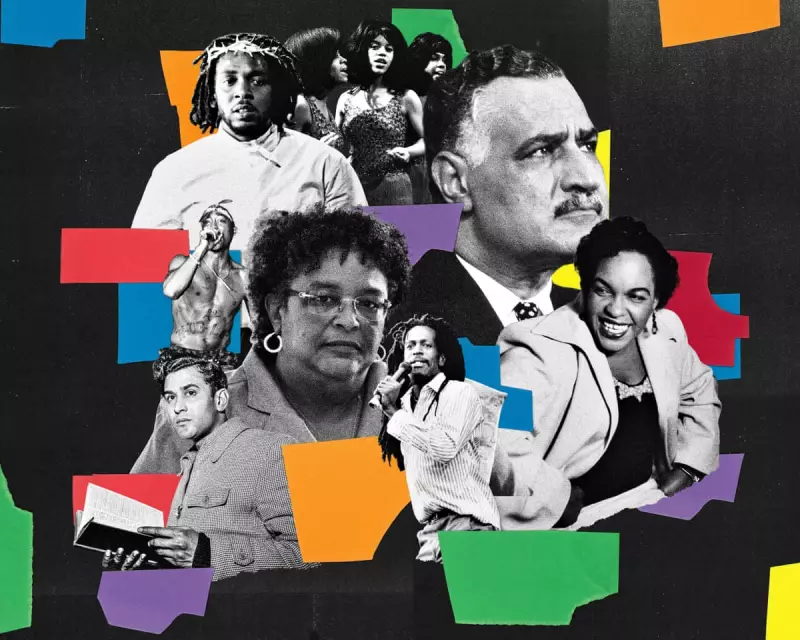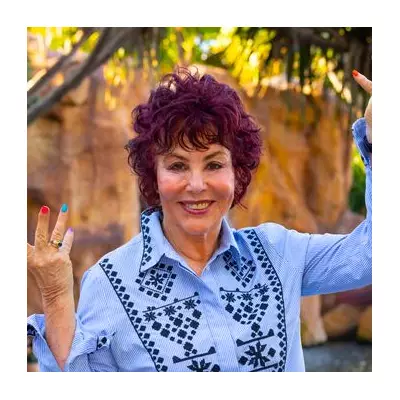
As Black History Month unfolds across Britain, a revolutionary approach to cultural storytelling is taking centre stage. Museums and institutions are increasingly turning to music as the primary lens through which to explore Black history, creating powerful narratives that resonate with contemporary audiences.
The Soundtrack of Resistance
Imagine walking through an exhibition where Marcus Garvey's Pan-African philosophy blends seamlessly with Tupac Shakur's raw poetry, or where The Supremes' Motown hits provide the backdrop to civil rights struggles. This isn't traditional history curation—it's an immersive experience that connects visitors to the emotional core of Black history through the universal language of music.
Beyond Textbooks: Music as Historical Document
Cultural institutions are recognising that songs often serve as more accurate historical documents than conventional archives. From spirituals that contained coded messages for the Underground Railroad to hip-hop tracks that document urban inequality, music provides direct access to the lived experiences of Black communities throughout history.
This approach particularly resonates with younger audiences who might find traditional museum displays less engaging. By incorporating familiar artists and contemporary sounds, these exhibitions bridge generational divides and make historical figures feel immediately relevant.
Challenging Traditional Narratives
The integration of musical elements allows curators to present alternative perspectives that challenge dominant historical narratives. Rather than positioning Black history as a series of struggles and oppressions, these exhibitions highlight creativity, innovation, and cultural triumph.
Visitors encounter stories of musical pioneers who transformed global culture while navigating systemic barriers, creating a more nuanced understanding of Black contributions to British and world history.
The Future of Cultural Preservation
This musical approach represents a significant shift in how museums conceptualise their role. No longer mere repositories of artefacts, they're becoming living spaces where history is performed, felt, and experienced through sound.
As one curator noted, "When visitors leave humming a tune that carried freedom fighters through dark times, they take a piece of that history with them in a way that facts and figures alone could never achieve."
During this Black History Month, these innovative exhibitions demonstrate that the story of Black culture isn't just something to be read—it's something to be heard, felt, and remembered through the powerful medium that has always documented its journey: music.





